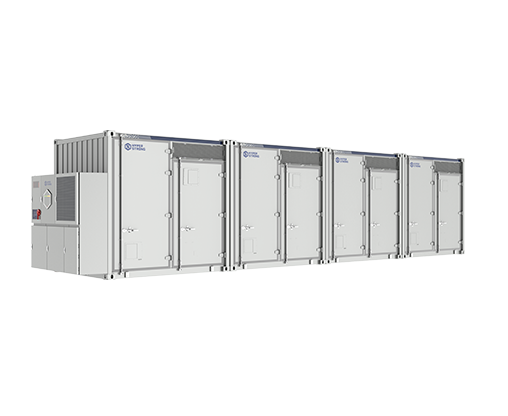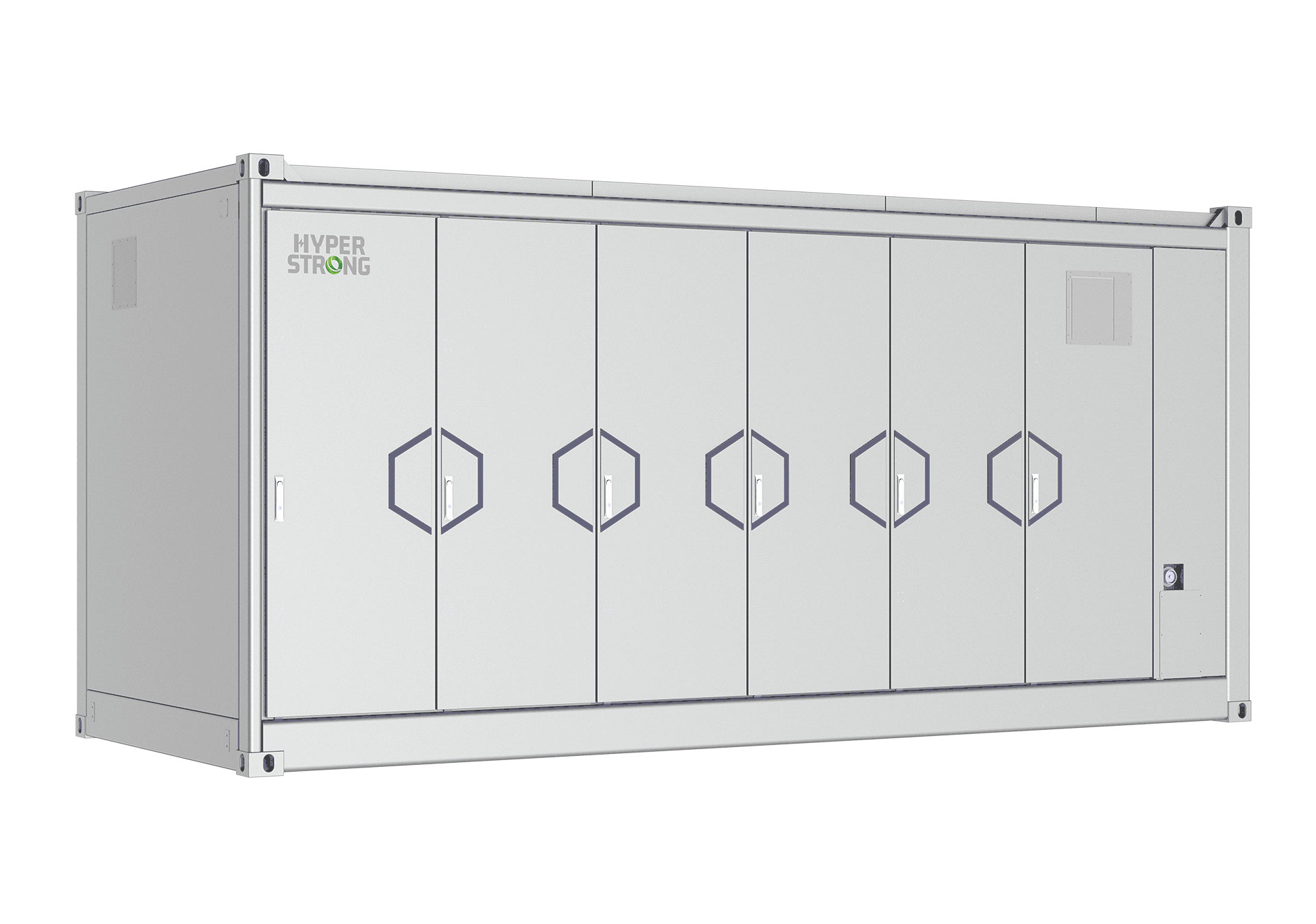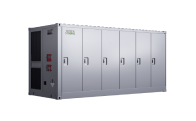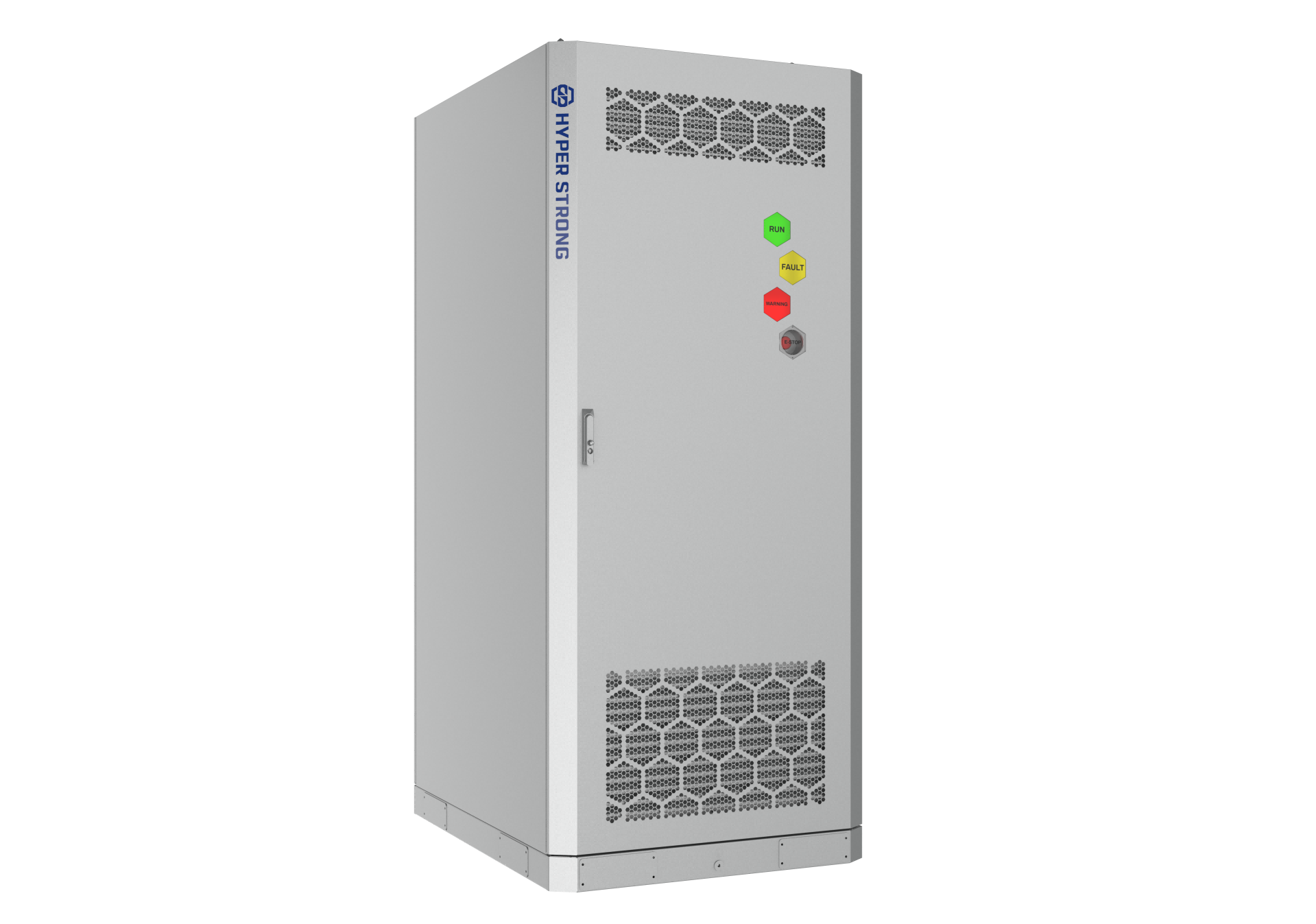HyperStrong's fully self-developed BMS+EMS+PCS stack ensures rapid and stable grid recovery
HyperStrong's grid-forming energy storage solution enables external-communication-free black start capability through a decentralized control architecture—effectively mitigating the single point of failure (SPOF) inherent in conventional centralized control systems. The technology has been validated in multi-megawatt deployments, demonstrating high resilience and operational reliability in grid-stressed and extreme field environments.
What are the key limitations of conventional black start solutions?
Traditional black start systems rely on continuous, high-speed communication between a central energy management system (EMS) and multiple power conversion systems (PCS) to maintain synchronization and control. It introduces vulnerabilities that any disruption in communication can result in desynchronization, protective tripping, and complete black start failure—posing significant operational and reliability risks.
What sets HyperStrong’s black start technology apart?
HyperStrong has established a decentralized control architecture that enables fully autonomous coordination among PCSs through local measurement data. This groundbreaking technology pathway comprises three key innovations:
1. Autonomous Synchronization and Power Sharing via Local Vector Control
Each PCS unit operates independently through real-time monitoring of local voltage and current vectors, enabling self-governed control decisions and output adjustment without central commands.
Employing droop control algorithms, the PCS units achieve power balance and frequency synchronization without centralized scheduling. This autonomous regulation mechanism ensures highly consistent output voltage amplitude and phase across all units, thereby fundamentally eliminating the voltage differences that cause circulating currents and minimizing them to negligible levels.
2. Modular Architecture for System-Level High Availability
Hot-Swap Capability: The system supports online isolation of faulty PCS units. Upon failure, affected units are seamlessly disconnected while their power load is automatically redistributed among operational units, ensuring uninterrupted black start continuity.
Online Expansion: New PCS units can be integrated and synchronized autonomously, enabling scalable deployment from single units to hundreds without system shutdown.
Online Maintenance: Individual PCS units can be serviced or replaced during operation without impacting ongoing black start procedures.
3. Adaptive Voltage Ramp-Up Strategy
During voltage elevation, command desynchronization may cause voltage discrepancies between PCS units, leading to excessive circulation currents and protection trips.
The system incorporates tolerance to command latency and loss through Q-V droop characteristics, where transient command mismatches produce limited reactive current flow rather than overcurrent faults.
Out-of-step units automatically converge to the target state once commands are received, restoring system equilibrium.
For example: If a 20% voltage command is issued, but one PCS remains at 10% due to communication delay, the Q-V droop mechanism ensures only temporary reactive current is generated—preventing protection trips. Once updated commands are received, the reactive current automatically neutralizes. This approach trades off a marginal 10% reduction in response speed for a 300% improvement in reliability, effectively eliminating collapse risks.
Proven in the Field: The 250MW/1000MWh Jiuquan Standalone Project
This technology has been validated at scale in the 250MW/1000MWh Jiuquan Standalone Energy Storage Power Station in Gansu Province. The project successfully demonstrated 120 PCS units achieving black start synchronization and voltage establishment without communication commands, proving the architecture’s feasibility and superiority in large-scale applications.

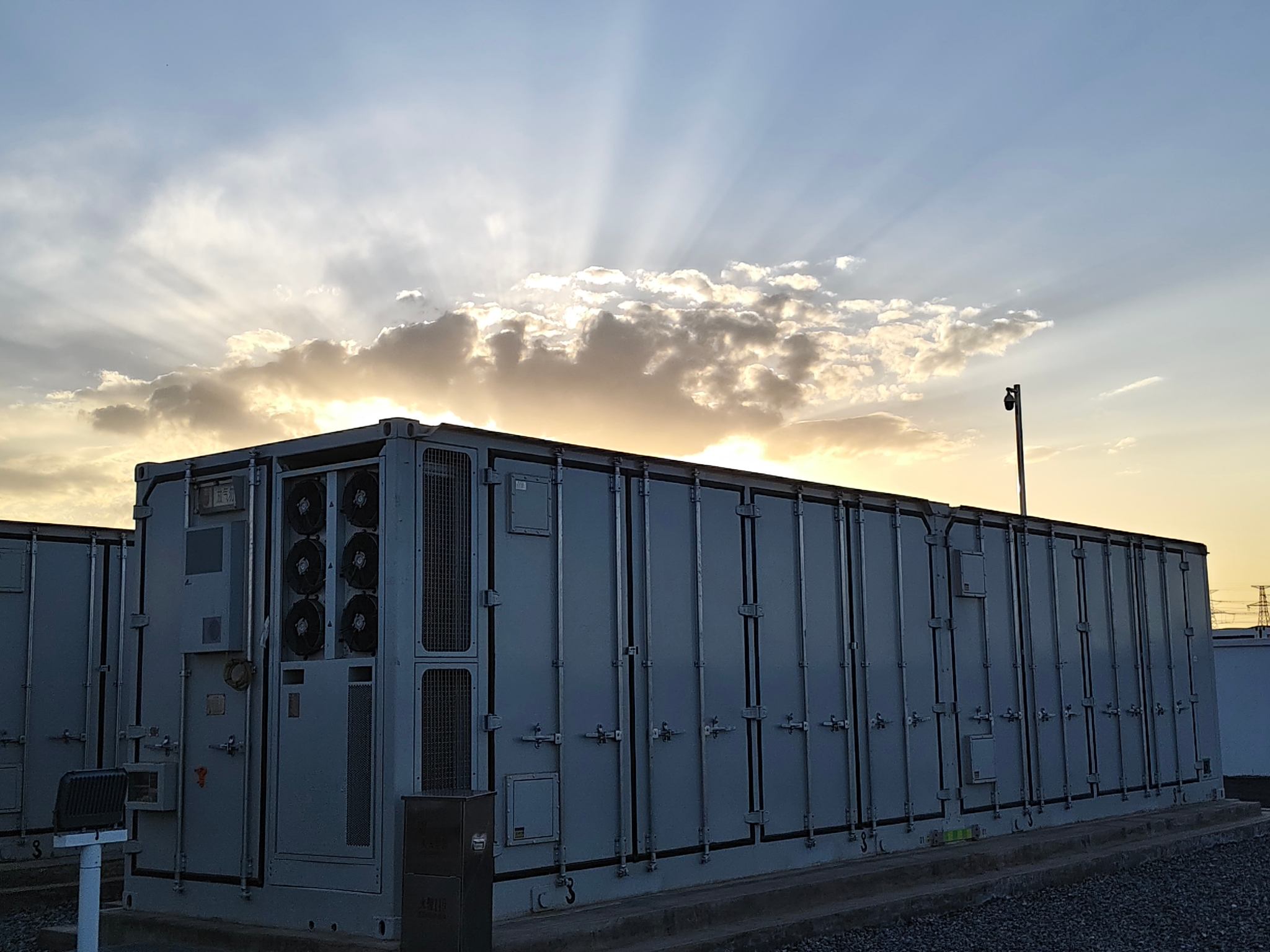
A New Standard for Grid Reliability
As a globally leading Tier 1 energy storage provider, HyperStrong is fundamentally redefining grid-forming storage architecture through decentralized control and adaptive strategy. We integrate resilience at the system core to deliver scalable, secure, and investment-ready solutions that meet the evolving demands of modern power grids worldwide.







